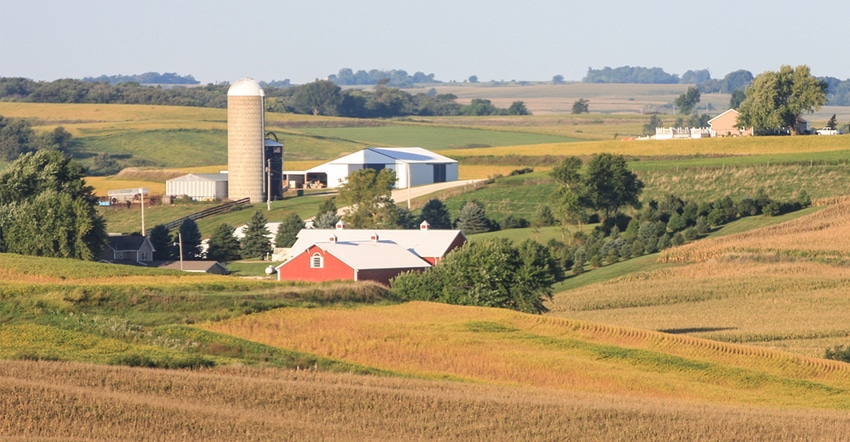
Change can, at times, be a scary thing. But I've found, more often than not, the prospect of a new challenge and a new chapter can be exciting. As we reach the homestretch of 2020, I think most of us are ready for a change.
So, it might be fitting that as 2020 ends and 2021 begins, I'll be saying farewell to my role as editor of Nebraska Farmer, and stepping into the role of editor at sister publication Wallaces Farmer in my home state of Iowa.
That said, I'll still be spending plenty of time in Nebraska — I live in Omaha and have friends in the Cornhusker State. I'll just be spending more time traversing rural Iowa.
Some of my favorite memories over the past five years involve driving across Nebraska's vast landscape and exploring the diverse range of agriculture in the state — from the irrigated corn and soybean fields in eastern and central Nebraska, to the rangeland of the Sandhills, to the sugarbeet and dry edible bean fields of the Panhandle.
I've also reached several memorable career and personal milestones in the past five years in Nebraska, including my first time (and the first time for any ag journalist, for that matter) riding in and operating the world's first self-propelled round baler on the edge of the Nebraska Sandhills, launching my first podcast covering Nebraska agriculture, and witnessing the return of the original Nebraska Farmer desk after moving more than 1,500 miles from the Central Valley of California to Brownville in southeast Nebraska — where Nebraska Farmer was founded in 1859.
And then there are the farmer and rancher interviews — the bread and butter of what we do, and my favorite part of this job. I'll never forget the interviews that involved riding in the combine harvesting a field of high-yielding soybeans or corn, the interviews with the early adopters testing out the latest remote-sensing technology to schedule irrigation, or the cattle producers working with Management-intensive Grazing in both annual forage crops and perennial pastures.
So, Nebraska will always have a special place in my heart. It's been an honor and an eye-opening experience covering the agriculture of Nebraska over the past five years, but I am excited to start this next chapter of my life covering Iowa agriculture.
The good news is, Nebraska Farmer is in good hands with its new editor — Curt Arens, a familiar face to many readers. Curt's been writing about Nebraska agriculture since he was in high school. As someone who grew up on a northeast Nebraska farm and lives on a farm to this day, I think it's safe to say agriculture is in Curt's blood.
This year has been one marked by challenge and change, but often, change be a good thing. As agriculture adjusts and faces the challenges ahead in a post-2020 world, I'm looking forward to my own new challenge covering agriculture in my home state, and I bid a bittersweet farewell to my role at Nebraska Farmer.
About the Author(s)
You May Also Like






